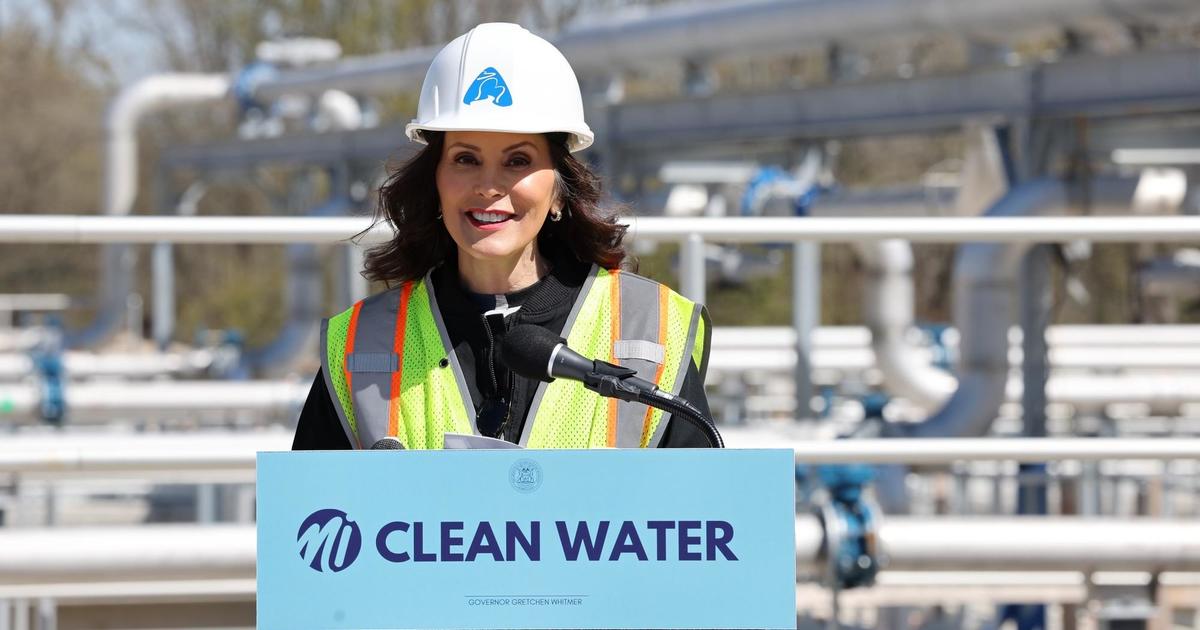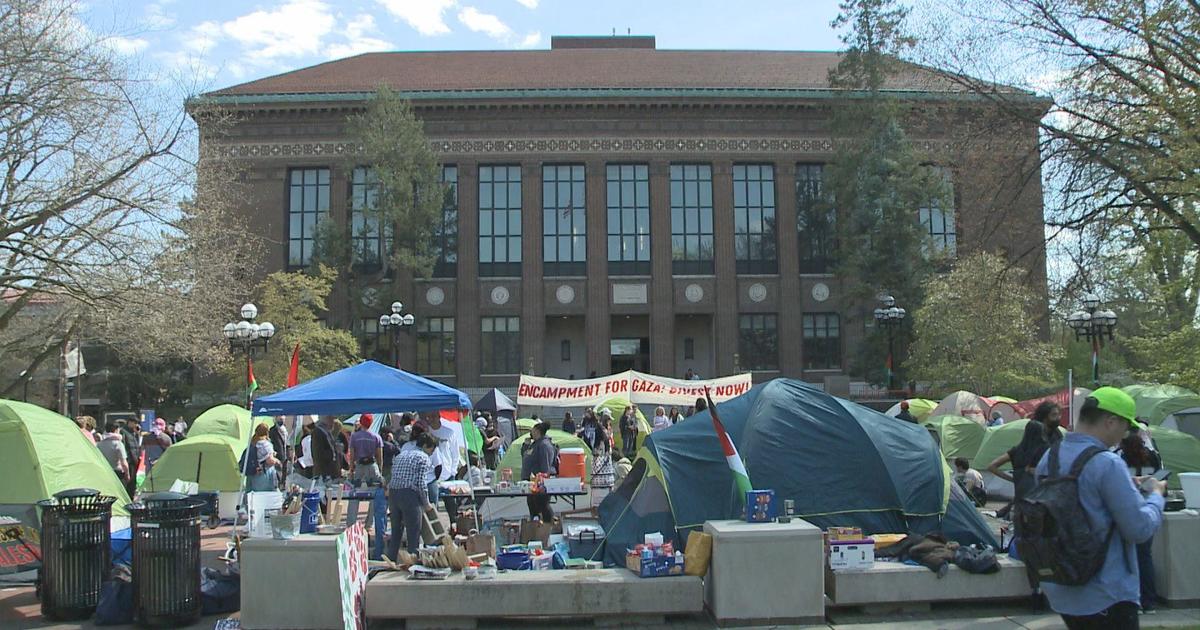Where Do Snowflakes Get Their Start? Michigan Tech Has Some Answers
HOUGHTON (WWJ) -- Snow doesn't come out of nowhere.
Scientists know that for those flakes to form, a nucleus -- a tiny speck of dust -- is needed, to which water molecules attach themselves and then freeze as they're carried high in the atmosphere by winds.
But how the heck does snow get started in the pristine air of the Arctic? Or, closer to home, over Lake Superior and Lake Michigan, which dump countless megatons of snow on us through the lake effect, dreaded by commuters, adored by skiers? These aren't exactly dusty places.
"Within a few hours, you basically purge the atmosphere of all those particles," said Raymond Shaw, a physicist at Michigan Technological University. "So how can it snow for days on end?"
In a study funded by the United States Department of Energy, Shaw and his colleagues, including graduate student Fan Yang, may have found the answer.
The researchers developed a model to describe how ice crystals form, grow and fall, backing it up using data on arctic clouds, which are very well studied. They hoped that by characterizing just how snow comes into being, they would uncover clues to the puzzle.
What they discovered surprised them. As the number of snow crystals increases, their mass soars well beyond a straight-line relationship. It turns out "heavy snow" really is, well, extra heavy.
"Our first guess would have been that if you triple the number of crystals, you triple the mass," said Shaw. "It turns out to be a much stronger relationship than that."
For example, if you triple the number of crystals, the mass goes up by a factor of 16. Simply put, the more crystals you have, the bigger they are.
Their model hinges on the idea that ice crystals are forming on atmospheric particles that were previously thought to be useless for making ice crystals.
"The key assumption we made was that there's a hidden source of ice nuclei that's always there, but they are just really, really low efficiency," said Shaw. "The consensus in the research community has been that you need special pieces of dust to catalyze the ice. We thought, 'What if there was more stuff out there that would produce ice if you just wait long enough?' Maybe when you put it in contact with a drop of water, it doesn't freeze immediately. But if you wait an hour, or two hours, it does. Our model assumes that the atmosphere is full of those really inefficient nuclei."
Those inefficient nuclei are behind those big crystals that show up during heavy snowfalls.
"The mass of an ice crystal is related to its growth time," Shaw said. "The longer it's in the cloud, the bigger it will be."
So, when there's an updraft that keeps crystals from falling, snowflakes that form on regular, snow-forming particles get larger and larger. During that time, many more snowflakes have a chance to form on weak nuclei.
Eventually, all the snow crystals get too heavy for the updraft to support, and they tumble earthward. By then, they are huge, and there are lots of them. Not only is that born out in Shaw's model, it also appears to fit with data gathered from arctic clouds.
They don't know what those weak nuclei are, or where they come from. But the scientists on Shaw's team are confident enough in their existence that they are looking for them in lab experiments.
"By assuming they are there, we got this mathematical prediction that fits with the experimental data," said Shaw. "So there's indirect evidence that these inefficient nuclei are there. This could be a solution to the mystery."
An article describing the work, "Minimalist Model of Ice Microphysics in Mixed-Phase Stratiform Clouds," coauthored by Shaw, Yang and Mikhail Ovchinnikov, a research scientist at Pacific Northwest National Laboratory, was published in the July 2013 edition of Geophysical Research Letters.



